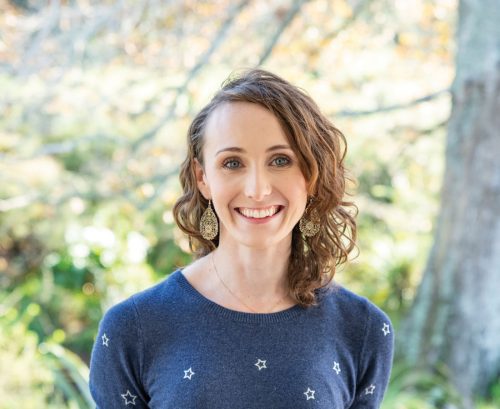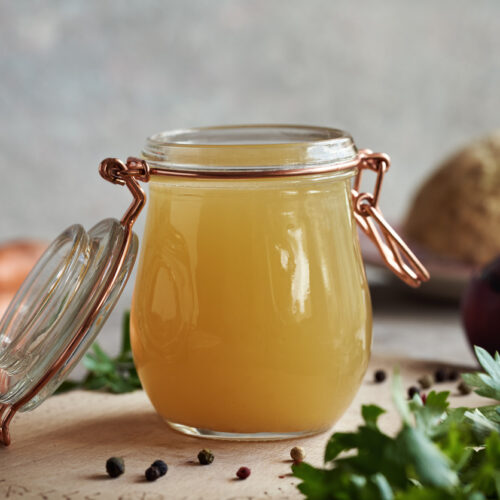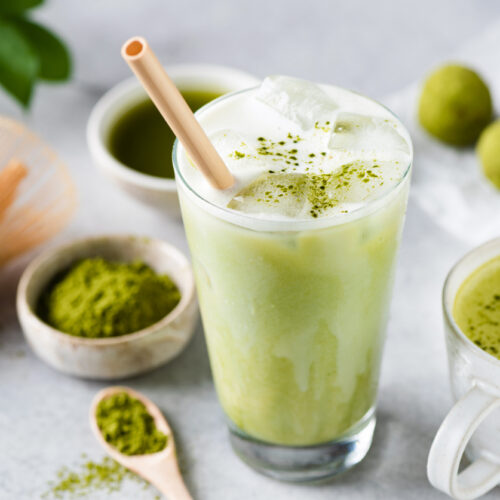
Recipe writer and blogger Alana Scott tells editor Jenny de Montalk about living with irritable bowel syndrome and how she manages it with diet.
Q What is a low-FODMAP diet and why do people go on it?
A In super simple terms, the low-FODMAP diet removes a group of fermentable sugars (short-chain carbohydrates) from our diet that are naturally found in a wide range of fruit, vegetables, grains, dairy products and legumes. Our healthy gut bacteria love to feast on FODMAPs and create gas as they ferment them. This process can trigger gut symptoms in some people who suffer from irritable bowel syndrome (IBS). We use the low-FODMAP diet as a tool to identify which foods set off our symptoms. Don’t fret, though, it’s not a lifetime diet and should only be followed strictly for two to six weeks.
Q How did you end up needing to lower FODMAPs in your diet?
A When I was at university, I was diagnosed with coeliac disease and a strict gluten-free diet didn’t settle my symptoms. I was placed on the low-FODMAP diet by my dietitian to see if it would help. Luckily for me, it helped reduce 80 per cent of my remaining gut symptoms and I now can enjoy some high-FODMAP foods.
Q Who was involved with your treatment?
A I have a team looking after my gut health. My GP initially saw me and referred me to both a gastroenterologist and dietitian. The gastroenterologist investigated my symptoms and diagnosed me, while my dietitian has helped me implement a long-term plan to manage my symptoms.
Q What was the hardest thing to adjust to, initially?
A Initially, I found learning how to cook without onion and garlic really challenging, as well as the number of different foods you need to avoid during the first six weeks. My first low-FODMAP supermarket shop was a nightmare. I remember walking around the supermarket crying and leaving with a bag of carrots and a chicken breast. The good news is the diet got much easier after a couple of weeks.
Q How did the low-FODMAP diet help?
A Within the first couple of weeks, I experienced a huge amount of symptom relief. I went from being almost housebound, due to my unpredictable gut symptoms, to feeling like a normal human again. The low-FODMAP diet isn’t a cure for IBS, but it can teach you what foods might trigger symptoms and that has given me peace of mind.
Q What was your biggest learning curve?
A The biggest learning curve for me was learning how to cook low-FODMAP food. I didn’t want my meals to be boring or to feel like I was missing out. To overcome these challenges, I got creative in the kitchen and learnt to cook with lots of herbs and spices. I also founded the alittlebityummy.com website so I could share my low-FODMAP recipes with others.
Q What helped most?
A My FODMAP-trained dietitian helped guide me along my journey and I couldn’t have done it without her. I also find the Monash University low-FODMAP app a really useful tool, as it has up-to-date lists of low and high-FODMAP foods.
Q What was least helpful?
A Focusing on foods I couldn’t eat. Instead, I learnt to embrace low-FODMAP foods and find fun ways to eat them.
Q What is your situation today?
A I’m now on what we call an ‘adapted FODMAP diet’. This means I’ve learnt what high-FODMAP foods I can enjoy, eg, mango, honey, asparagus, avocado, boysenberries, kumara and small serves of onion and garlic (as in seasonings). I have brought these foods back into my diet without triggering my symptoms and now mix these high-FODMAP foods with low-FODMAP options.
Q What advice would you give someone who has been told they need to go on a low-FODMAP diet?
A The low-FODMAP diet is a medical intervention for a specific condition, so make sure you check that the diet is right for you. Before you start, talk to your doctor and have an assessment with a FODMAP-trained dietitian. Remember that the low-FODMAP diet is only designed to be followed strictly for two to six weeks, then you need to test and reintroduce FODMAPs you tolerate well back into your diet. This will help prevent the risk of nutrient deficiencies and preserve your long-term health and well-being.
Alana shares one of her favourite low-FODMAP recipes:
www.healthyfood.com










